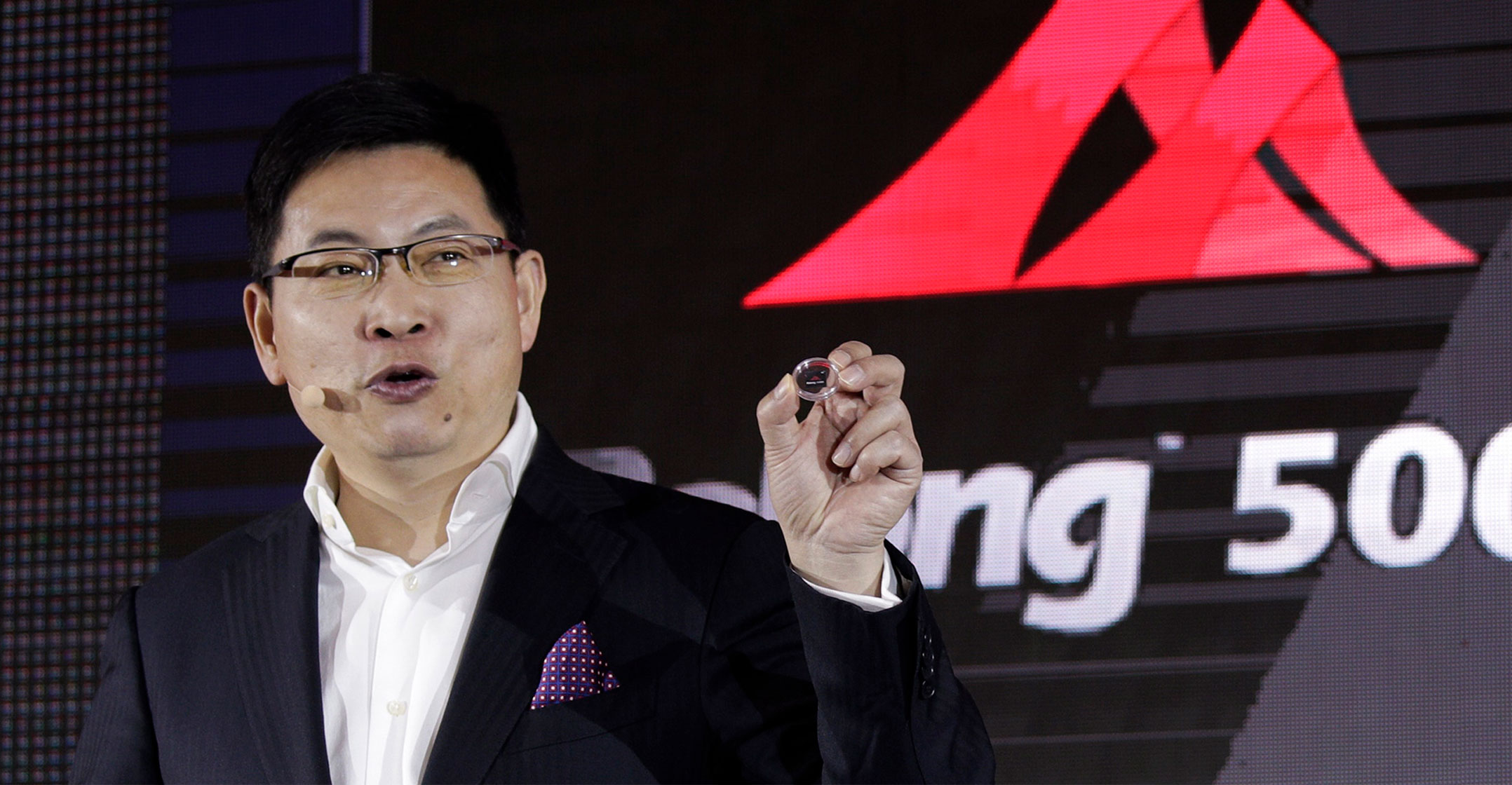
Chinese technology giant Huawei has announced plans for a next-generation smartphone that will use its own technology instead of US components, manoeuvring to gain a competitive edge and sidestep complaints it is a security risk.
The leading supplier of network switching gear for phone companies is spending heavily to develop its own chips, an area where the US dominates. That could reduce Huawei’s multibillion-dollar annual components bill and help insulate it against possible supply disruptions when US-Chinese relations are strained.
The handset, billed by Huawei as the first foldable 5G smartphone, will be unveiled next month at Mobile World Congress in Barcelona, the industry’s biggest annual event, said Richard Yu, chief executive of the company’s consumer unit. The phone is based on Huawei’s own Kirin 980 chipset and Balong 5000 modem.
The company said the Kirin 980, released in August, performs on a par with Qualcomm’s widely used Snapdragon 845.
Sales of Huawei smartphones and other consumer products rose more than 50% last year over 2017, showing “no influence” from Western security warnings, Yu told reporters.
He said the consumer unit’s sales topped US$52-billion, or more than half of the $100-billion in annual revenue the company has forecast. Huawei has yet to release 2018 results for the whole company. “In this complicated political environment, we still maintain strong growth,” Yu said.
Chinese companies are trying to develop technology to better compete with Western suppliers in telecoms, solar power, electric cars, biotechnology and other fields.
Trade war
The ruling Communist Party’s plans for state-led development of such industries, along with robotics and artificial intelligence, helped trigger a trade war with the US.
Both sides have raised tariffs on tens of billions of dollars of each other’s goods in the dispute over American complaints Beijing steals or pressures foreign companies to hand over technology. Washington also says Chinese technology plans violate Beijing’s market-opening obligations.
Huawei surpassed Apple as the number two global smartphone brand behind Samsung in mid-2018.
The company, based in the southern city of Shenzhen, has also developed chips for servers and mobile devices. Apple and Samsung already make their own chips.
Huawei is catching up to Qualcomm, said Xi Wang of the International Data Corp. “Generally speaking, Huawei’s chips are equal to Qualcomm chips in performance,” Wang said. “Not only at the mid-level but at the high end, Huawei can compete with Qualcomm.”




